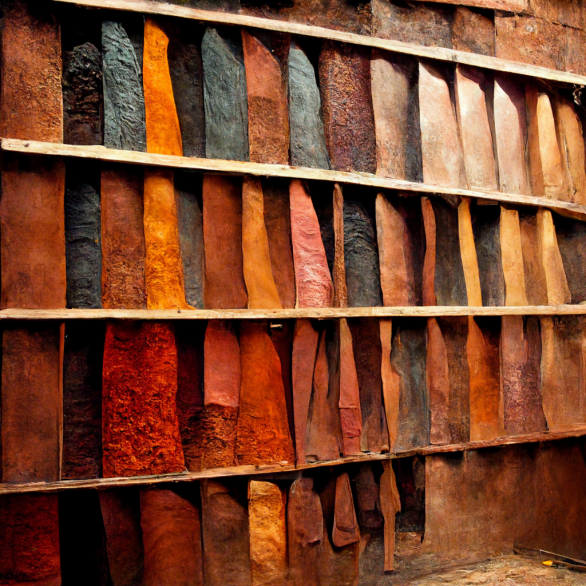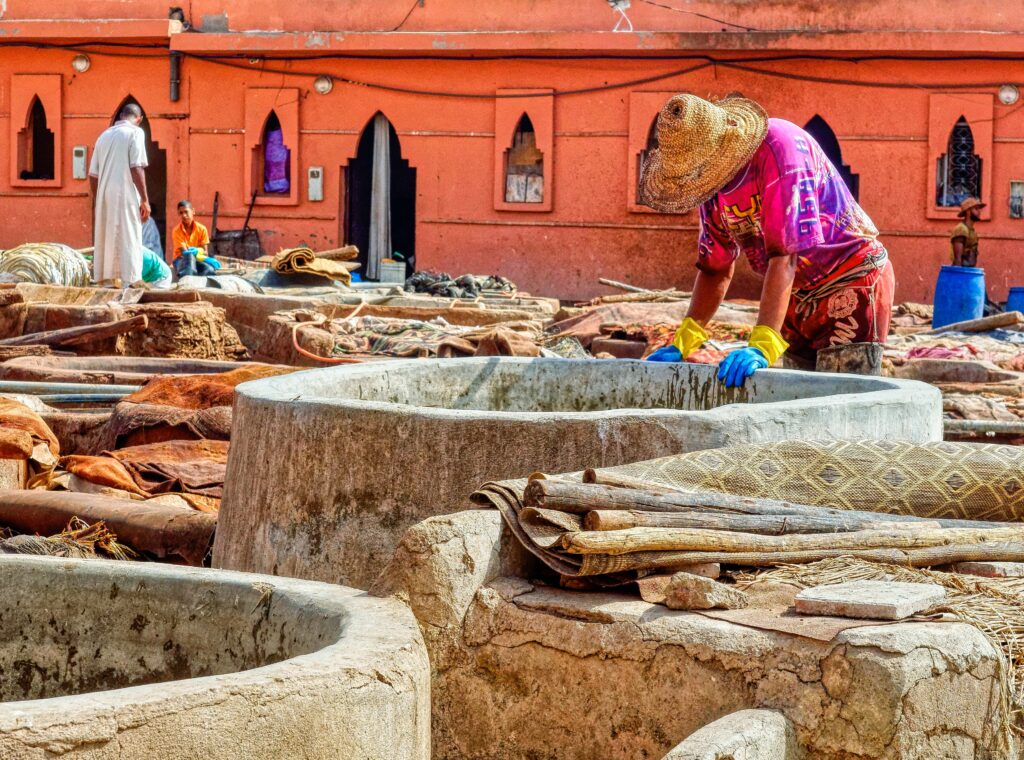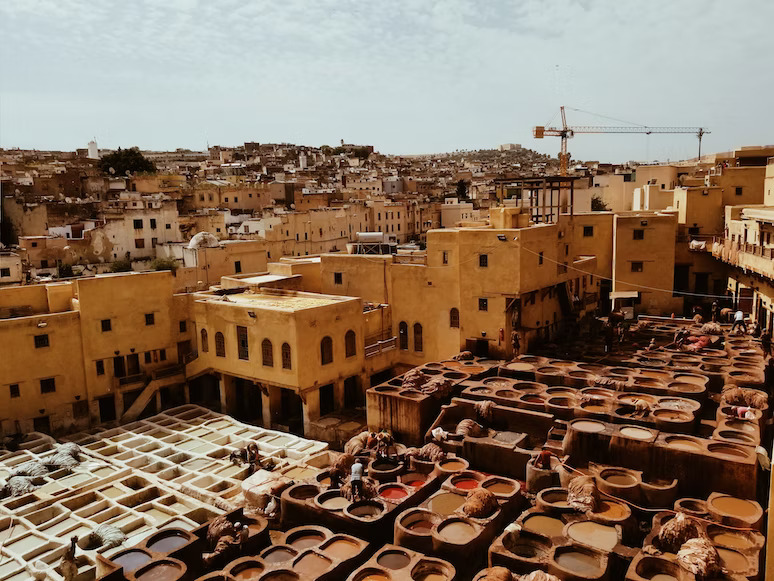Leather tanning process and its impact on wallet quality
Introduction
Leather has been used for thousands of years to create all kinds of items like clothing, shoes, and wallets. But raw animal hides start out tough and inflexible. How do they get transformed into supple, durable leather? The answer is tanning – a cool process that changes hide fibers into a material that lasts. Tanning techniques are a key factor that affects leather quality. Let’s explore the tanning process and how it creates awesome leather perfect for making wallets!

Different Tanning Methods Do Different Things
The tanning uses chemicals and natural materials to alter raw hides. Two common methods are chrome tanning and vegetable tanning. Chrome tanning uses chromium to change the protein structure of hides. It works quickly to make leather super flexible and soft – great for fancy accessories. Vegetable tanning soaks hide in solutions made from tree bark. It’s an ancient method that results in very firm leather that lasts forever – ideal for wallets that get a lot of wear. The tanning technique impacts the texture, smell, and performance of the final leather.
Location Matters for Quality
Where the leather is produced also affects its traits. Regional climate, water purity, and the quality of animal hides cause variations in leather. For instance, hides from free-range cattle in warmer climates often produce exceptional leather. Sunshine and open space mean the animals have fewer skin imperfections. Superior hides combined with pure local water and expert tanning create very consistent, durable leather perfect for long-lasting wallets. The geography and environment impart unique qualities to the leather.

Consistency is Crucial
Careful monitoring during every step of tanning is vital. If any part of the process fluctuates, the end leather quality suffers. Experienced tanners maintain precise control of timing, ingredient amounts, and temperature. They test samples to ensure each batch meets expectations. Consistent results batch after batch enables the best leather with reliable strength and performance. For wallets that get heavy daily use, consistency in tanning ensures the leather remains durable and ages gracefully over many years.
The Artistry of Tanning
Tanning combines science with art. While chemistry is crucial for transforming rawhide on a molecular level, human skill, and care elevate the leather further. Master tanners train for years to expertly assess hides, select formulas, and monitor the tanning process. Their discernment and experience create leather with nuanced beauty and longevity. Much like a painter mixing pigments on a palette, the tanner blends natural ingredients and innovative techniques to create leather worthy of becoming a treasured wallet.

Tanning Builds a Quality Wallet
In the end, choosing high-quality leather comes down to how it was tanned. The tanning agents, regional environment, consistency, and craftsmanship all leave their mark. The vegetable-tanned leather will have different traits than chrome tanned. But with the right tanning approach for the intended use, be it a durable wallet or soft handbag, the results can be magical. So when picking your next leather wallet, appreciate the tanning process that transformed raw hides into a sophisticated accessory!
